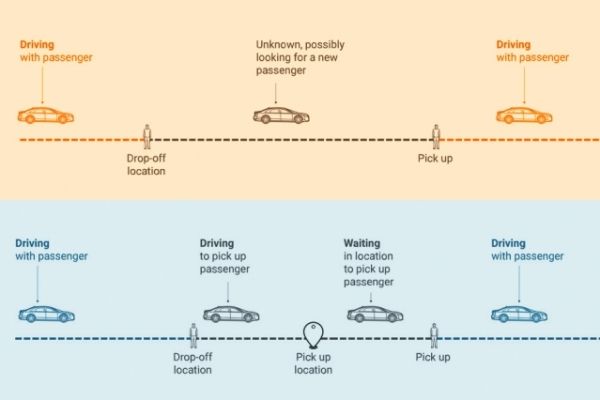The rise of self-driving cars is set to dramatically alter the way we move around cities in the future.
In particular, private car ownership is expected to shift toward shared mobility services, with vehicle fleet operators offering on-demand transportation. This should help to reduce traffic in urban areas and cut greenhouse gas emissions.
For these services to grow, however, accurate and computationally efficient algorithms will be needed to effectively match individuals with on-demand vehicles, in order to cope with the hundreds of thousands of trips that are routinely made within large cities.
But researchers have yet to solve the problem of how best to size and operate a fleet of vehicles, given a particular level of demand for personal mobility.
Read more at Massachusetts Institute of Technology
Image: A new algorithm represents the shareability of the taxi fleet as a graph, a mathematical abstraction consisting of nodes (or circles) and edges (the lines between nodes). In this case, the nodes represent trips, and the edges represent the fact that two specific trips can be served by a single vehicle. Courtesy of the researchers


